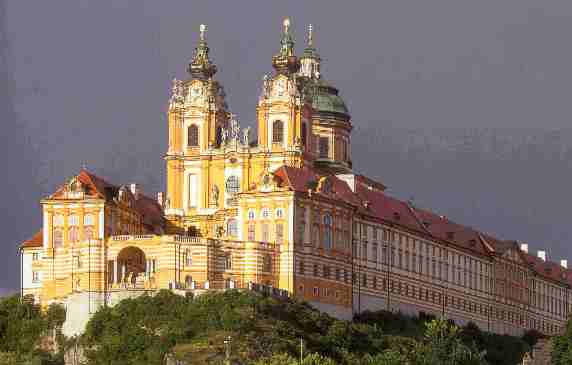General introduction
To start with: The term "baroque" is derived from the Portuguese word "barocco" which stands for an irregular pearl. We may be reminded of the fact that in this world nothing is perfect.
People were very much influenced by the idea of "vanitas" then, the idea that everything on this earth is "vain" – in vain – because of its transitoriness. On the one hand, the presence of "vanitas" made people want to enjoy life to its fullest. "Carpe diem" : seize the day and make good use of the little time that is granted to you. Baroque joys of living are best represented in the voluptuous ladies Rubens painted, become evident in rich costumes and gigantic wigs, in overwhelming palaces and parks, in great festivities and an excessive playing with form.
On the other hand, it was a century of wars, of the plague, of fires which meant an intense confrontation with death. To be living on this earth was for a short time only, and all creation embodied transitoriness and pointed at an eternal life after death for which one had to be prepared.
Politically, a large number of small absolutist kingdoms evolved in
Germany as a result of the Thirty Years´ War (1618-48) which had
devastated central Europe. Each of these small kingdoms trying to become
a miniature Versailles showed as much pomp as it could afford. In the times
of the Counter-Reformation, the Catholic Church tried to win back its territory
from the Protestants and built splendid baroque churches, particularly
in Southern Germany, to impress the population.

Melk
Another aspect which is interesting is that in the 17th century the first newspapers in Germany were founded - "Viso" in Wolfenbüttel and "Relation" in Straßburg. More and more people had the chance to participate in developing a new society.
Aleksandar Pakusevski